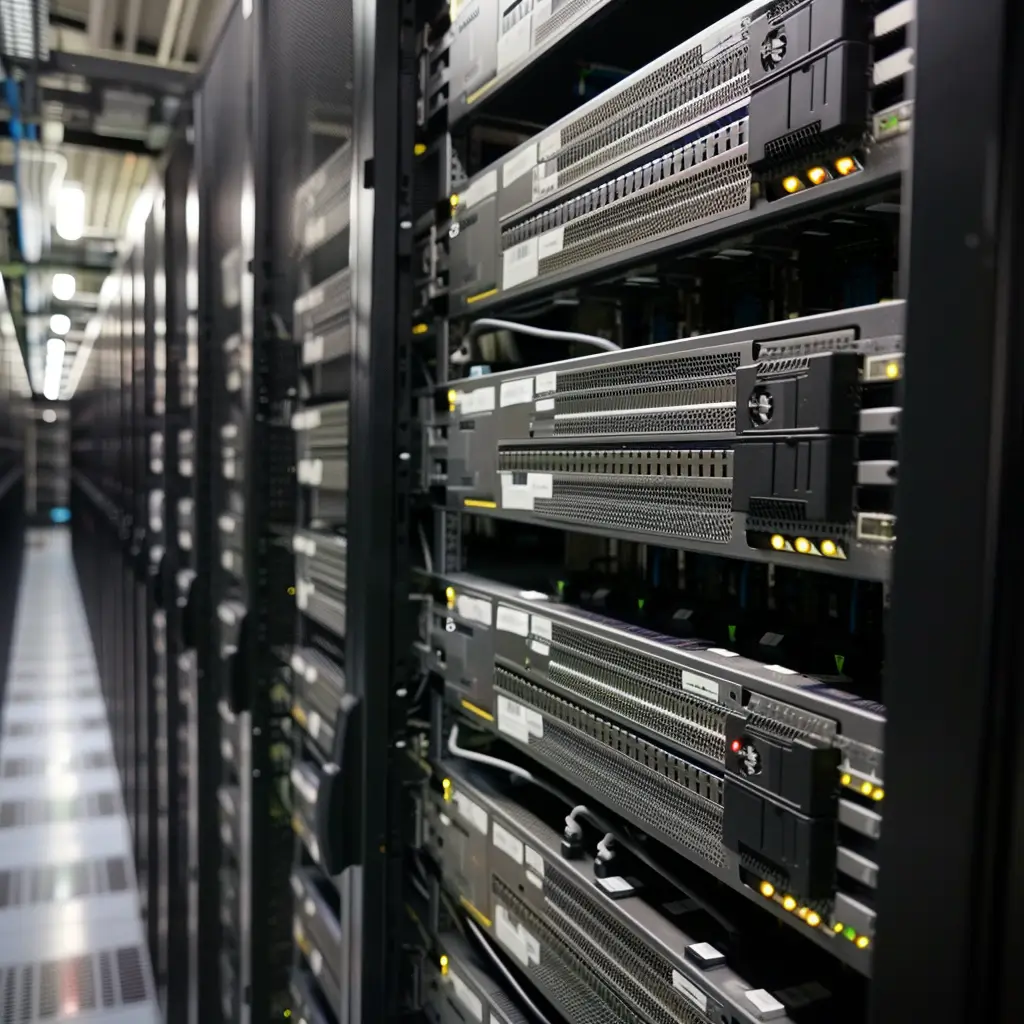Nokia and Vodafone according to a Press release currently developing a new technology for "the next generation network". The Passive Optical Network (PON), an optical data transmission technology consisting exclusively of passive elements between the customer and the exchange, achieves transmission rates of up to 100 Gbps.
Optical fiber connections currently achieve data rates of 10 Gbit/s in practice. According to Nokia and Vodafone, 25 Gbit/s are realistic in the next development stage. The 100 Gbit/s possible in the long term would make PON connections about ten times faster than current multi-gigabit networks. This speed is being tested in the Vodafone laboratory in Eschborn in Hesse, where it has already been possible to transmit 100 Gbit/s over a single wavelength.
The 100 Gbps PON will help us in the future to prepare our networks for Internet services that require real time.
Gerhard Mack, Head of Technology at Vodafone Germany
High speeds for holographic 3D applications
According to Vodafone, such speeds are necessary "to realize holographic 3D applications that connect the human senses." The Internet provider sees areas of application in retail, healthcare, education and industry.
However, Vodafone also sees application areas for 100 Gbit/s PON networks in the leisure sector. Examples are 3D holograms in 8K resolution and a faster connection of mobile radio stations, where the "Flexible PON technology" is to be expanded.
A speed of 100 Gigabit per second corresponds to the simultaneous Streaming of 4,000 ultra-high definition videos without delay or buffering.
Vodafone
According to Vodafone, the high speed is made possible by "significantly improved error correction and the use of multiple transmission methods". The introduction is planned for 2030, according to Nokia.



